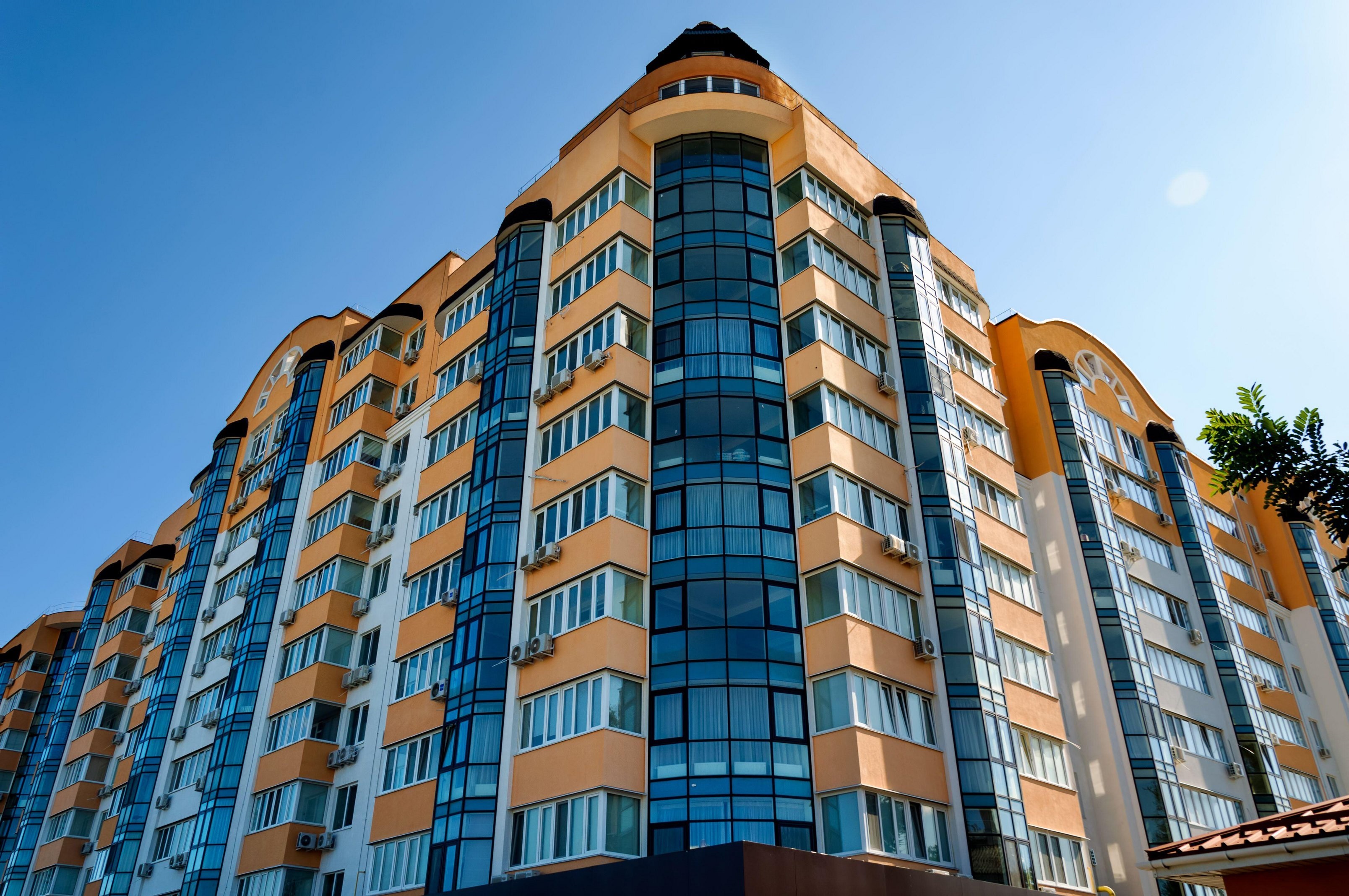Exploring the Effect of Ethernet Protocols on Enhancing Internet Connectivity in Multi-Unit Units
Exploring the Effect of Ethernet Protocols on Enhancing Internet Connectivity in Multi-Unit Units
Blog Article
Network protocols serve a crucial function in improving web connectivity, especially in multi-dwelling buildings (MDUs) such as apartment complexes and condominiums. These specifications outline how information is communicated over networks, guaranteeing that devices can interact effectively. As an increasing number of people depend on the internet for employment, education, and leisure, having a reliable and fast link in MDUs has become increasingly important. By understanding networking standards, property administrators and residents can make knowledgeable decisions about their internet provisions, leading to improved access for everyone.
One of the primary Ethernet standards is IEEE 802.3, which outlines the requirements for cabled Ethernet links. This standard has evolved over the years, bringing quicker rates and enhanced performance. For instance, the initial Ethernet specification provided speeds of 10 megabits per sec, while more recent versions, such as Gigabit Ethernet, can offer speeds of up to 1,000 Mbps. In MDUs, where numerous residents share the common internet link, having a rapid Ethernet system can significantly enhance the overall consumer experience. Quicker speeds mean quicker downloads, smoother streaming, and greater visual conferences, which are crucial for off-site work and online learning.
Another important feature of Ethernet protocols is the implementation of organized cabling infrastructures. These systems organize and manage the network cables that connect devices within a building. By adhering to the principles set by Ethernet protocols, MDUs can guarantee that their cabling is efficient and effective. This organization helps reduce interference interference and improves data transmission quality. Additionally, structured cabling allows for easier upgrades and maintenance, making it simpler for property managers to adapt to evolving technology requirements. As internet usage continues to grow, having a properly organized wiring infrastructure is crucial for ensuring top-notch connectivity.
Power over Ethernet (PoE) is another significant development in Ethernet technology that benefits MDUs. PoE allows network cables to carry electrical power along with information, removing the requirement for individual electric sources for equipment like important link safety monitors, Wi-Fi connectivity nodes, and VoIP phones. This feature streamlines installation and reduces disorder, allowing it simpler to establish a complete system in multi-unit units. By utilizing PoE, building administrators can improve safety and boost internet access throughout the building without the added expense of extra power installation.
In summary, Ethernet protocols have a significant impact on web access in multi-dwelling units. By offering faster speeds, organized cabling, and innovative capabilities like Power over Ethernet, these protocols assist create a reliable and efficient system for residents. As tech persists to advance, remaining informed about Ethernet standards will be crucial for property managers and tenants alike. By investing in the appropriate framework, MDUs can ensure that all tenants enjoy a seamless web experience, rendering their residences more connected and accessible.